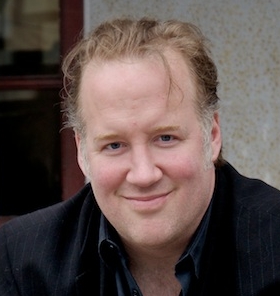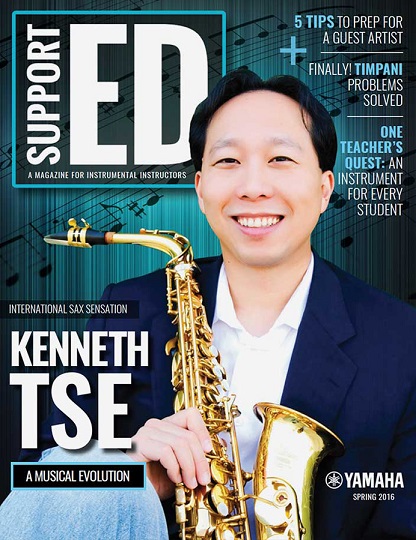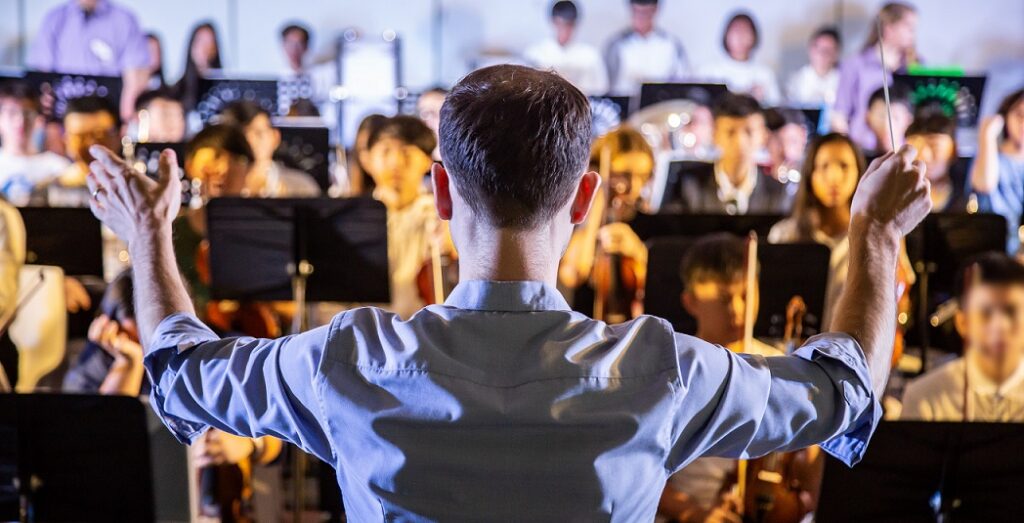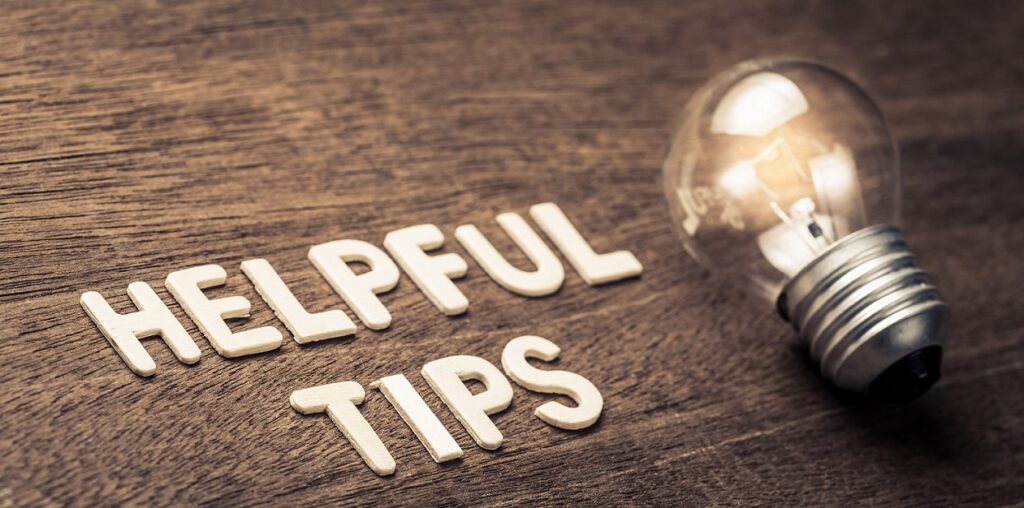Five Tips to Plan for a Guest Artist
Bringing a guest clinician to work with your students can be a win-win for all involved.
Bringing a guest artist to work with your students can be a win-win for all involved. Students and teachers have the chance to learn new skills and be inspired, while your administration and community will see your work firsthand.
I personally enjoy visiting schools because I can create meaningful connections and make a big impact on students, parents and communities.
Here are some steps you can take to properly plan for a visit from a clinician.
1. Figure Out the Finances
There are many ways to pay for the event, whether from your school’s budget, fundraisers, ticket sales, grants and/or sponsorships. If an artist lives far away but is touring in your area, you should be able to request a “routed cost” since travel costs and time are mitigated and the artist has an incentive to work during filler days.
2. Decide on Event Format
Will you have private clinics and/or a public concert? Will you combine forces with other schools within or outside your district? Know the artist you’re working with. Is the artist more likely to excel as a guest performer or as a classroom teacher? If you can find both, you can maximize the experience by allowing the kids to benefit from classroom learning in addition to an exciting concert.
My “Creative Strings” outreach offerings include everything from one 1-hour clinic to a residency of up to five days. I enjoy working with the students in the classroom, then showing a public audience what we’ve learned. In my residencies, I use three days for hands-on interactive clinics with middle school and high school orchestras. These classes have curricula that are totally separate from rehearsals for the culminating concert. I ask the teachers to prepare concert repertoire prior to my arrival, so that I have two rehearsals max. I also offer 30- to 40-minute assemblies at the elementary schools.
A teacher training session is another great activity. My collaborative concerts are always student-centered. On the selections I perform with the students, I feature myself sparsely and will sometimes simply sit in the section and play along. I perform three to five solo pieces, or about 20 minutes in a 75-minute show.
3. Promote Early and Often
For a public concert, a common mistake first-time promoters make is in assuming that an audience will come. Do everything you can to let parents, press, school administration, board of education members and community members know about the event well ahead of time. When I visit schools, I always offer them a boilerplate press release and let them simply fill in the details of their school name, location, date of event and a couple personalized quotes. Use this press release — or write one yourself — to invite your local press.
Also make sure to promote to your colleagues at nearby schools or in your competition circuit. Create and display an event poster at music stores, local schools, community bulletin boards, etc. Involve your students. They live in the media world. Ask them to help you promote on your webpage, create a Facebook event and link to videos of your guest artist/clinician. In general, choose a team of booster parents, students and/or administrators to promote the event and take care of the smaller logistics. For a private clinic only, you can still attract media coverage, making it a great way to nurture support from your community.
4. Prepare Your Students
When I visit schools, I send them online courses I have created, so they can study my teaching before I arrive and after I leave. You can ask your guest artist if they have instructional materials or recommended resources. You can show videos of the artist performing or teaching. It’s a great opportunity to discuss things you normally wouldn’t, like how an artist’s work reflects his or her personality.
5. Remember to Follow Up
Send thank-you notes to your guest as well as to those who helped with planning. Remember to take photos and send them along with a paragraph about the event to your media contacts, principal, school superintendent and school board. We always send photos to all our industry friends, supporters and especially any sponsors. Have a post-event meeting to evaluate what went well and what could be improved.
Photo Courtesy of Christian Howes
This article originally appeared in the 2016 Spring issue of Yamaha SupportED. To see more back issues, find out about Yamaha resources for music educators, or sign up to be notified when the next issue is available, click here.

















